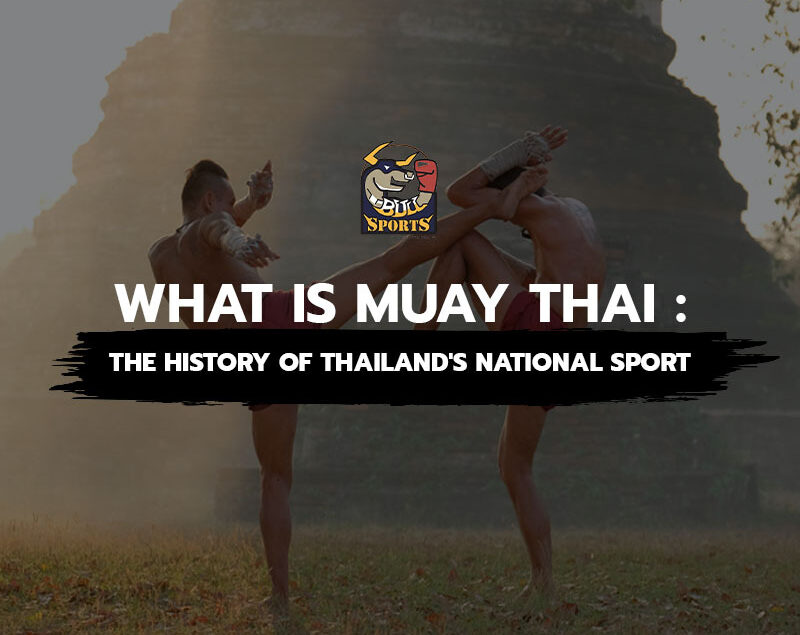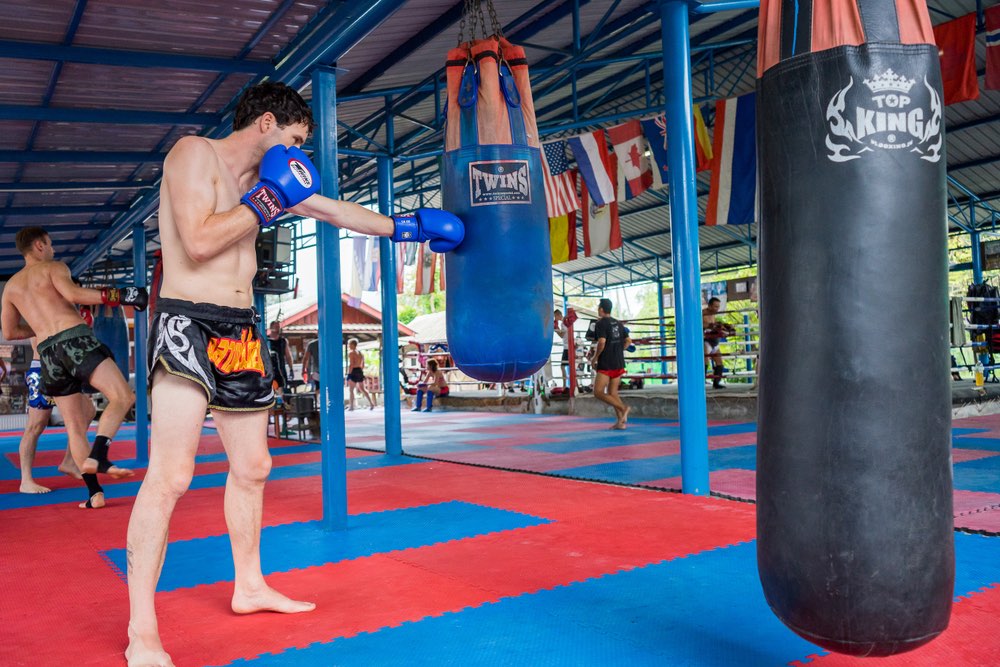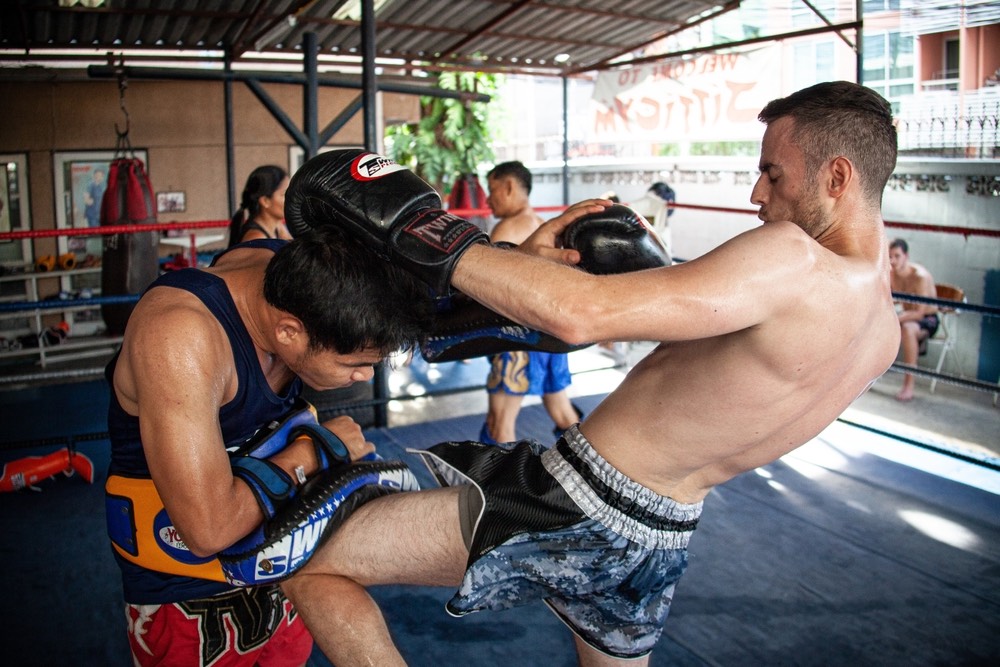
Muay Thai, also known as Thai Boxing, is more than just a martial art; it is a cultural cornerstone of Thailand, which originated centuries ago. This combat sport emphasizes powerful strikes, clinching, and defensive techniques. Muay Thai is popular not only as a sport but also as a form of exercise and self-defense. Today, Muay Thai has gained global recognition for its effectiveness, grace, and deep cultural significance. To understand the multifaceted background of this sport, this article explores the history and various styles of Muay Thai.
What is Muay Thai ?
Muay Thai combines the use of fists, elbows, knees, and shins. Unlike Western boxing, which primarily relies on punches, Muay Thai fighters employ diverse striking techniques and clinch work, making it one of the most versatile and comprehensive striking arts in the world. Practiced both as a competitive sport and a means of self-defense, Muay Thai is renowned for its rigorous training regimen, which develops physical strength, stamina, mental discipline, and resilience. Muay Thai is deeply embedded in Thai culture, serving as a demonstration of physical strength and a representation of cultural heritage and traditions.
Muay Thai History

Muay Thai originated in ancient Thai military practices, dating back to the medieval battlefields of Thailand, where soldiers utilized hand-to-hand combat techniques. Over centuries, these techniques evolved into the formalized sport we know today. The pivotal transformation occurred during the reign of King Rama VII from 1925 to 1934, who played a crucial role in standardizing Muay Thai from its traditional form, Muay Boran, into a regulated national sport. His influence was profound, shaping Muay Thai’s evolution both within Thailand and internationally.
Recognizing the imperative to ensure fairness and safety in Muay Thai, King Rama VII introduced comprehensive rules and guidelines. These measures aimed to mitigate the inherent brutality of unregulated matches and establish uniform regulations across regions. Among the significant reforms he implemented was the requirement for fighters to wear gloves to reduce injuries and redefine Muay Thai as a sport rather than just a martial art.
Through these regulatory efforts and safety enhancements, King Rama VII aimed to enhance the public perception of Muay Thai, elevating it from a perceived violent activity to a respected national art form and sport.
The Golden Era of Muay Thai, from the mid-20th century to the 1980s, represents the pinnacle of the sport’s history. This period is defined by its legendary fighters, iconic battles, and the sport’s rapid rise in popularity at home in Thailand and on the global stage.
During this extraordinary era, Muay Thai experienced a surge in popularity, leading to the establishment of specialized stadiums and major promotions. Legendary venues such as Lumpinee Stadium and Rajadamnern Stadium in Bangkok became closely associated with high-profile matches, a tradition that continues today.
As the Golden Era progressed, Muay Thai’s appeal transcended national borders. Fighters from around the world journeyed to Thailand to train and compete, laying the foundation for the sport’s eventual global recognition.
Main Styles of Thai Boxing

Muay Thai encompasses several distinct styles, each emphasizing different techniques and strategies tailored to various body types and fighting preferences. Here are the renowned main styles of Thai boxing.
Muay Mat
Muay Mat is a specialized style that focuses on heavy punching techniques. Fighters of this style typically start their attacks with punches or execute them after landing leg kicks. Following a leg kick, they quickly move in to deliver precise boxing combinations.
Muay Mat practitioners are skilled in counterattacking and defensive techniques, using their punching abilities effectively. They can block and counter-round kicks or prevent opponents from initiating clinches. Some Muay Thai boxers with a Muay Mat style possess enough boxing skills to compete in world championship boxing.
Muay Khao
Muay Khao, known as the “clinch style,” is a specialized Muay Thai technique focused on devastating knee strikes. This style emphasizes close-range combat and uses clinching techniques to control opponents and deliver powerful knee strikes. Practitioners of Muay Khao are skilled in the clinch and adept at defending against their opponent’s attacks while creating openings for their powerful knee strikes.
Muay Tae
Muay Tae, known as the “kicking style,” emphasizes swift and accurate kicks. Practitioners of this style deliver powerful kicks with precision and strength, aiming to dominate opponents and score effectively in competitive matches. Muay Tae fighters use kicks strategically to control the distance and set up other techniques, often achieving spectacular knockouts with their formidable roundhouse kicks, renowned globally for their impact and power in martial arts.
Muay Sok
Muay Sok, known as the “elbow style,” focuses intensely on utilizing elbow strikes, widely recognized as some of the most devastating techniques in Muay Thai. Fighters of this style are distinguished by their agile footwork and strategic evasive maneuvers, relying on speed and precise counterattacks to gain the upper hand in combat.
Muay Femur
Muay Femur is a “technical style” that emphasizes technical precision and finesse. It incorporates complex combinations of fluid movements, counters, and defensive strategies that showcase the artistry of Muay Thai. Regarded as the most strategic of the five Muay Thai styles, Muay Femur fighters excel in planning and possess a well-rounded skill set. They are known for their meticulous preparation and often demonstrate the highest level of technique in the sport. Throughout history, many of the greatest Thai boxers have been practitioners of the Muay Femur style.
In summary, Muay Thai’s rich history and diverse styles reflect Thailand’s culture. From its origins in ancient battlefield tactics to its evolution into a revered national sport, Muay Thai continues to captivate practitioners and enthusiasts worldwide. Its influence extends beyond the ring, shaping Thai identity and promoting physical fitness, discipline, and respect. As Muay Thai continues to grow globally, its rich tradition and honor ensure that it remains a vibrant and enduring symbol of Thailand’s national sport for future generations.




3 Comments
Comments are closed.